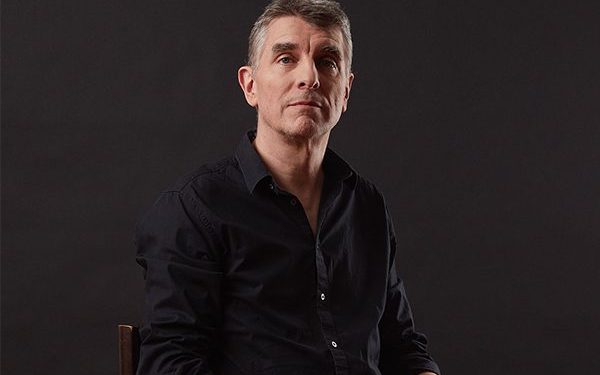November 24, 2015 Updated 11/24/2015
Email Print

Michael A. Marcotte Frank Macher has spent 45 years in the auto industry.
Frank Macher is chairman and CEO of Continental Structural Plastics. He has more than 45 years of experience in the automotive and manufacturing industries. Prior to CSP, Macher was CEO and president of Collins & Aikman; chairman and CEO of Federal-Mogul Corp.; and president and CEO of ITT Automotive.
Q: How are the CAFE standards impacting the way that plastics companies approach their products for the OEMs? How much input do the OEMs provide in the development of lighter-weight products?
Macher: The biggest challenge for the auto industry is to achieve the CAFE requirements of 54.5 mpg average for the fleet by 2025. OEMs and suppliers are studying an array of approaches including alternative powertrains and fuel sources in addition to lightweighting. And when it comes to lightweighting, part of the challenge involves the fact that we have to take weight out without diminishing the size or performance of the vehicle.
We are working with the car companies directly to develop the next generation of lightweighting technologies. To do so requires that we maintain a significant product development and product engineering staff that understands our materials and how they may be applied within the vehicle. Our engineers are capable of doing structural analysis, as well as NVH and crash testing, and are familiar with all of the various performance requirements necessary to help OEMs achieve CAFE standards while at the same time meeting the stringent requirements of the OEMs themselves.
Q: What are some of the current trends among plastics companies serving the automotive end market with regard to lightweighting?
Macher: The critical requirements for plastics suppliers are to find ways to adapt their materials to meet the assembly requirements of the customers while also providing lighter weight solutions. Aluminum has the ability to go through paint ovens, which may achieve temps of 400° F for the E-coat process. Thermoplastic parts cannot meet this specification and therefore are relegated to attaching after paint.
We are seeing a trend toward developing composite materials such as thermosets made of polyester or vinyl ester and epoxy coupled with reinforcing agents such as glass, carbon fiber and other bonding agents that have the ability to withstand OEM paint ovens. With these composites, suppliers like CSP have the opportunity to provide their customers with a seamless conversion to lightweight plastics while at the same time enhancing their productivity in the painting and assembly of vehicles.
Q: For many plastics processors and other suppliers serving the auto industry, finding skilled labor has been an issue in recent years. Is the talent shortage still a problem?
Macher: The talent shortage continues to be an issue because of the advances that have been made in materials processing, development and design engineering, all of which have become far more sophisticated than in the past. Some of the materials we are using today require a substantial increase in process controls, as well as the use of computer aided engineering and design. As the next generation of materials become even more sophisticated, the need for these skill sets will increase exponentially.
With that as a background, the requirement for skilled labor has increased significantly. This is no longer just a “shoot and ship” industry. Instead, it is an industry steeped in chemistry, and with a great deal of sophistication required to maintain proper process and materials controls for first run capability.
For that to happen there has to be people with sophisticated technical skills involved from the actual first steps in the manufacturing of the materials to the last steps in the final assembly of the vehicle. This kind of skill set is limited, especially in manufacturing plants around the country. Many facilities have limited engineering resources and the ability to recruit such resources continues to be a challenge.
This Q&A originally appeared in a Plastics News Research report, “Plastics in automotive: Innovation and emerging trends”
Click here for an overview of PN’s CEO project and links to other profiles.





























